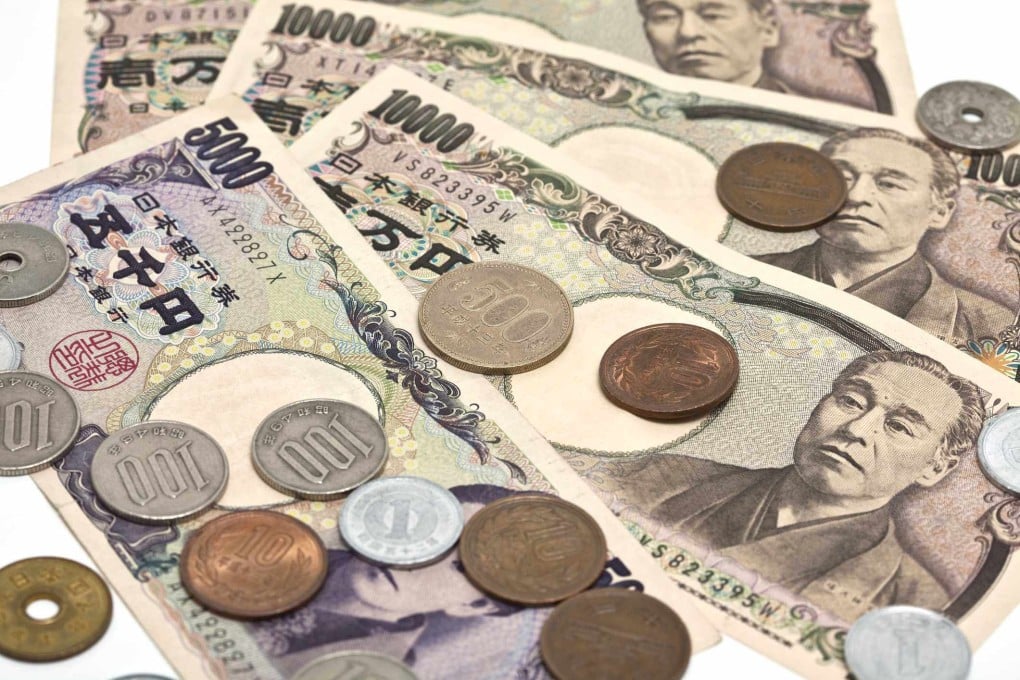Why a record low yen to US dollar exchange rate is a mixed blessing to Japan – no longer a safe haven, a weaker currency creates opportunities for tech exports and foreign investment
- The Japanese yen has fallen to its lowest level against the US dollar in 20 years, offering a boon for blue-chip exporters such as car manufacturers and tech firms
- Surging fuel costs are prompting a faster uptake for renewable energy, but also shifting thought on nuclear options

On April 19, the Japanese yen fell to 128.80 against the US dollar, its lowest level since 2002. The currency has lost 12 per cent against the dollar since January.
A weaker yen has long been lauded as a positive for Japan’s economy, enabling blue-chip exporters such as car manufacturers, but that narrative is increasingly in question. This time, the yen’s recent plunge provokes the impact of rising commodity prices, hitting some business and household finances much harder than ever before.
The significant difference this time is the effect of the country’s energy policy. With most of its nuclear power plants offline since the Fukushima disaster of 2011, Japan has imported about 90 per cent of its primary energy requirements from overseas, with nearly all fossil fuels shipped from long distances. The surge in global energy prices, already in effect before the Russian invasion of Ukraine, has hurt the economy and revealed the cracks in Japan’s energy strategy.
Now the weaker currency, coupled with surging crude and other commodity costs, has become even more damaging for smaller, domestic manufacturers.
Taking comparative rates of inflation into account, the yen has halved in value against the dollar since 1995, taking it back to levels not seen since the early 1970s. However, a 2022 dollar is not the same as a 1992 dollar in terms of buying power.
Consumer prices in the US have almost doubled in the 30-year period, whereas Japanese consumer prices have remained more steady.
In the short term, yen weakness leads to higher energy prices, but at the same time it incentivises change.